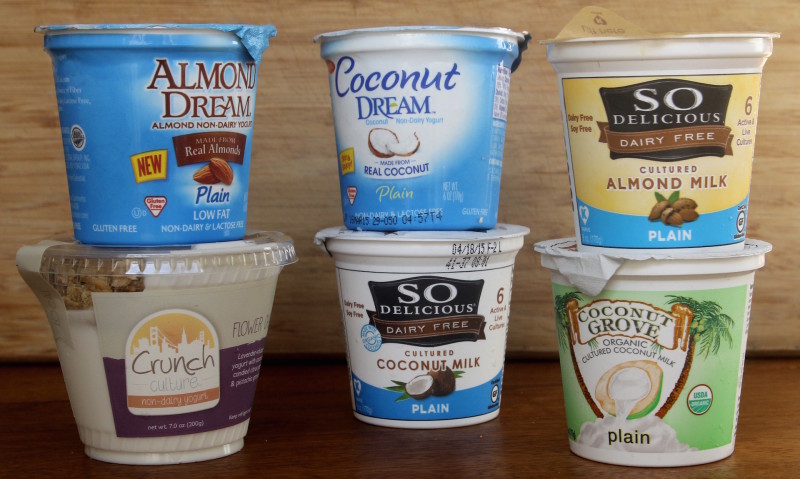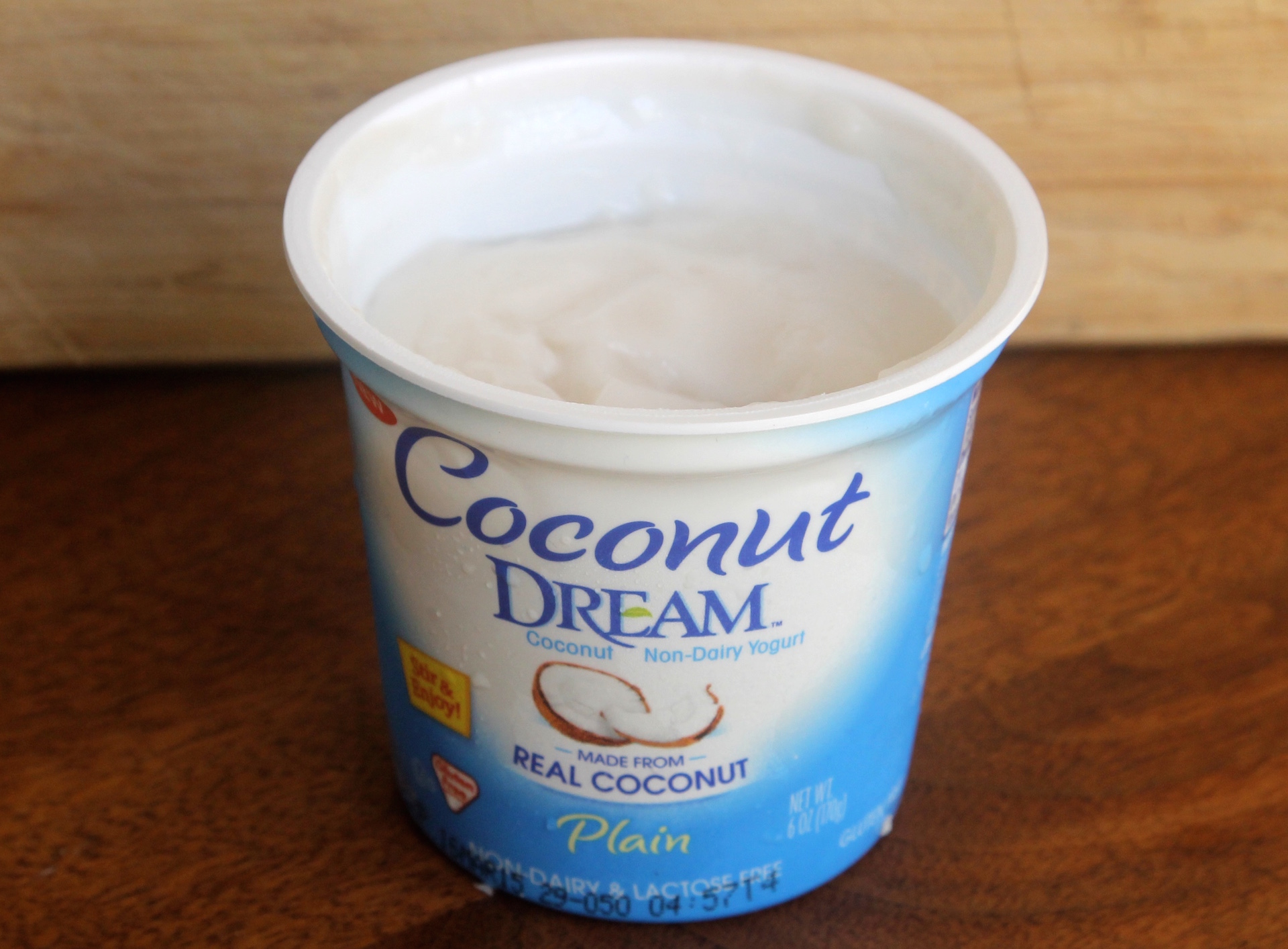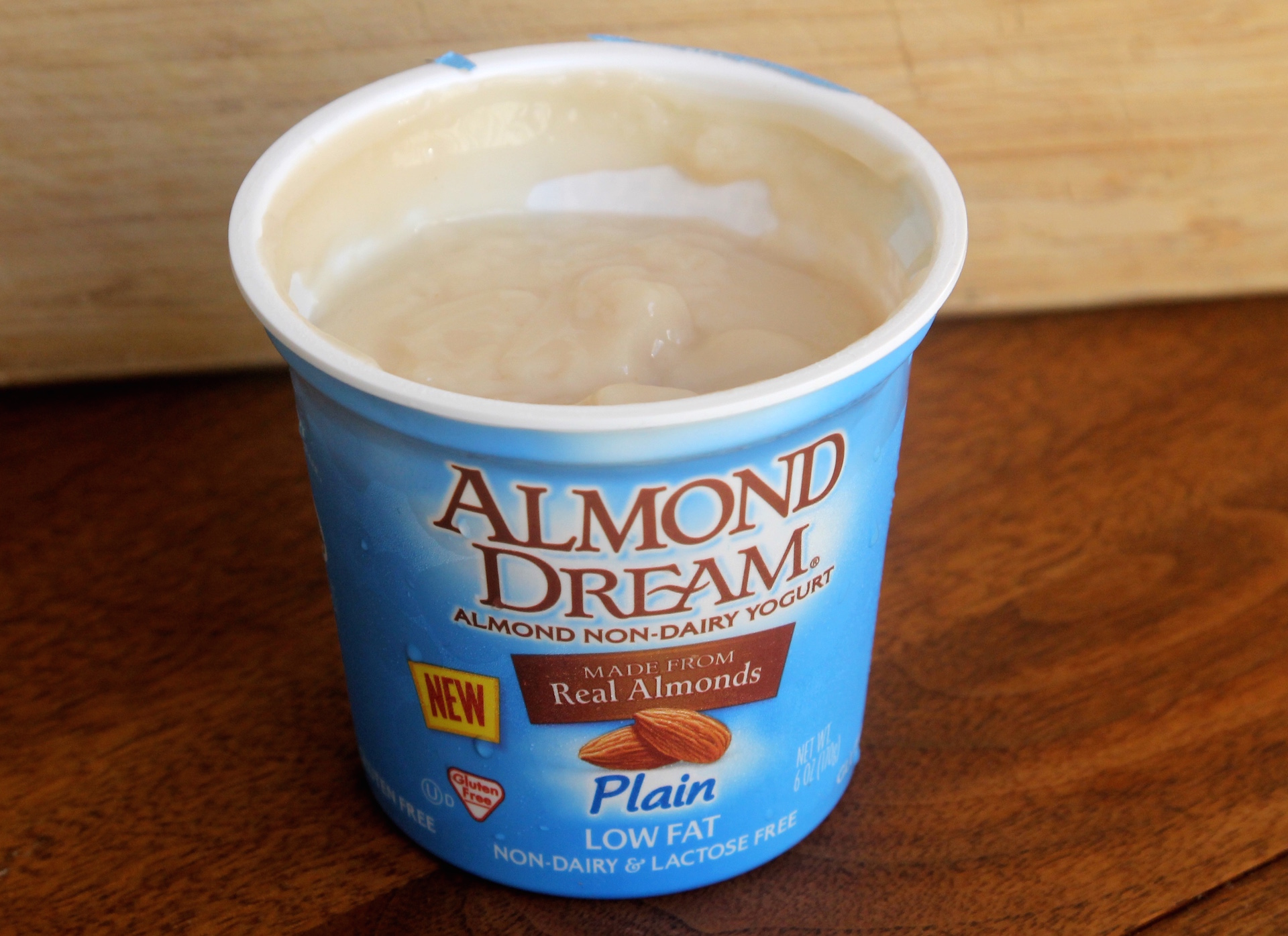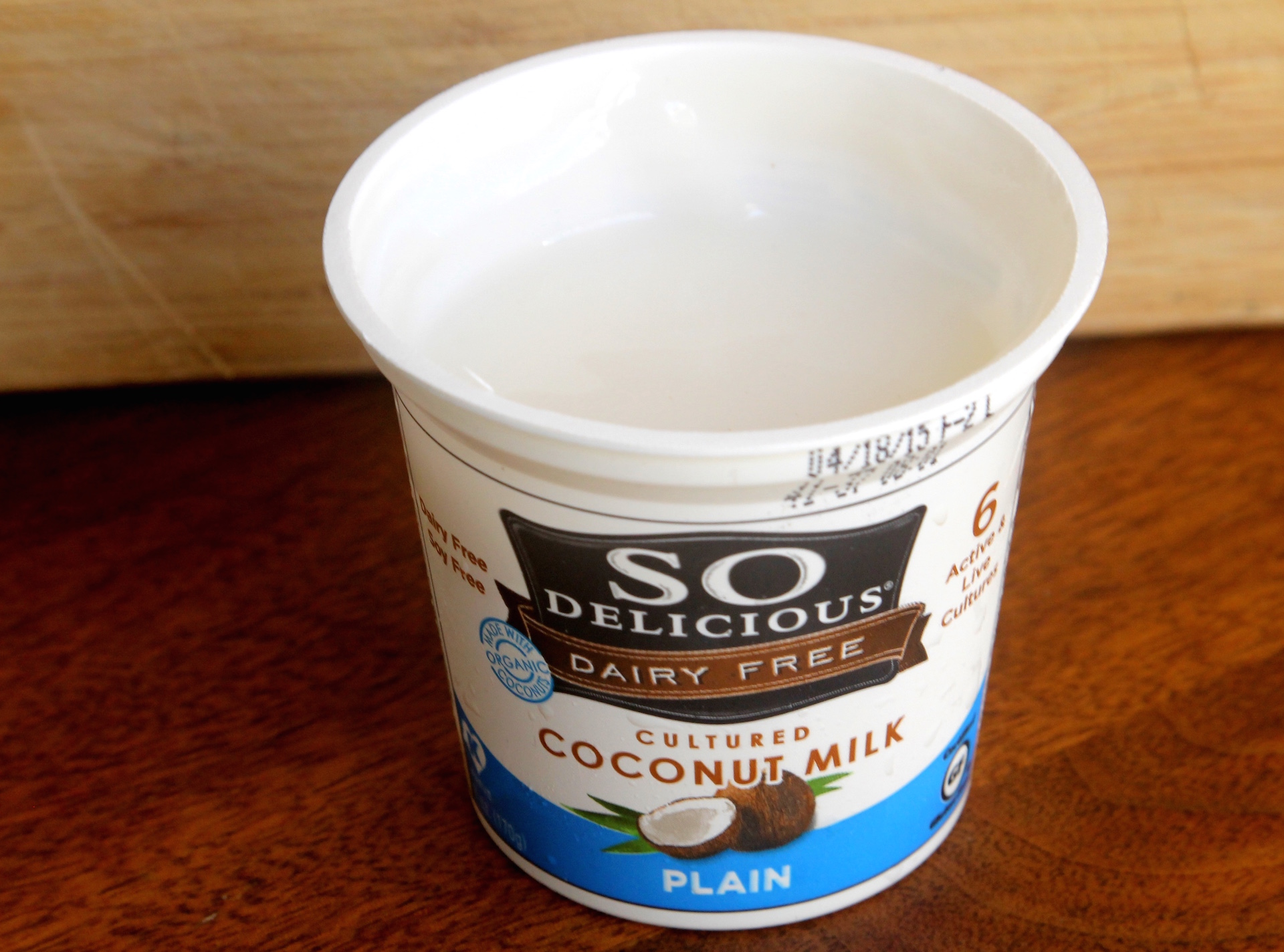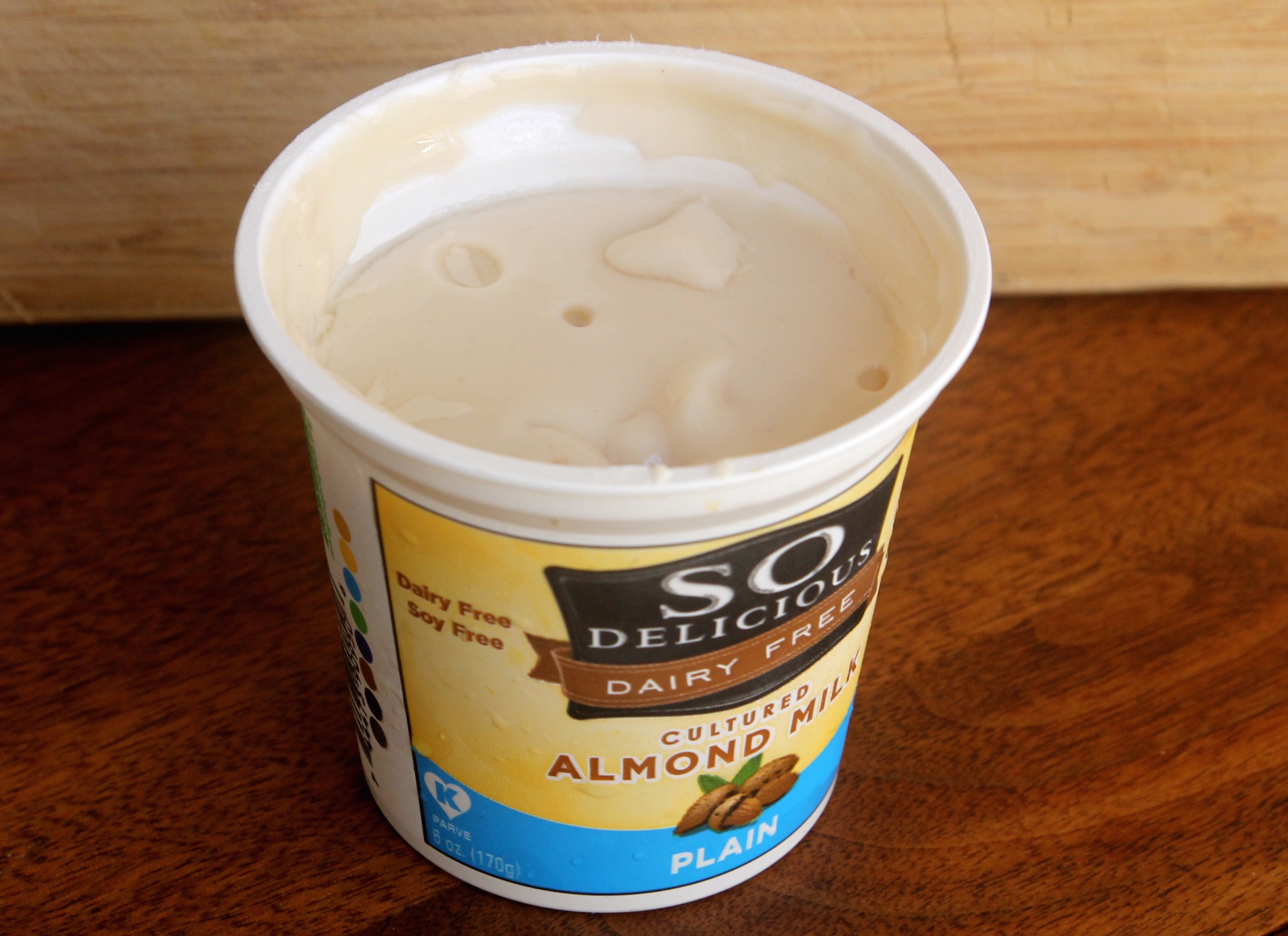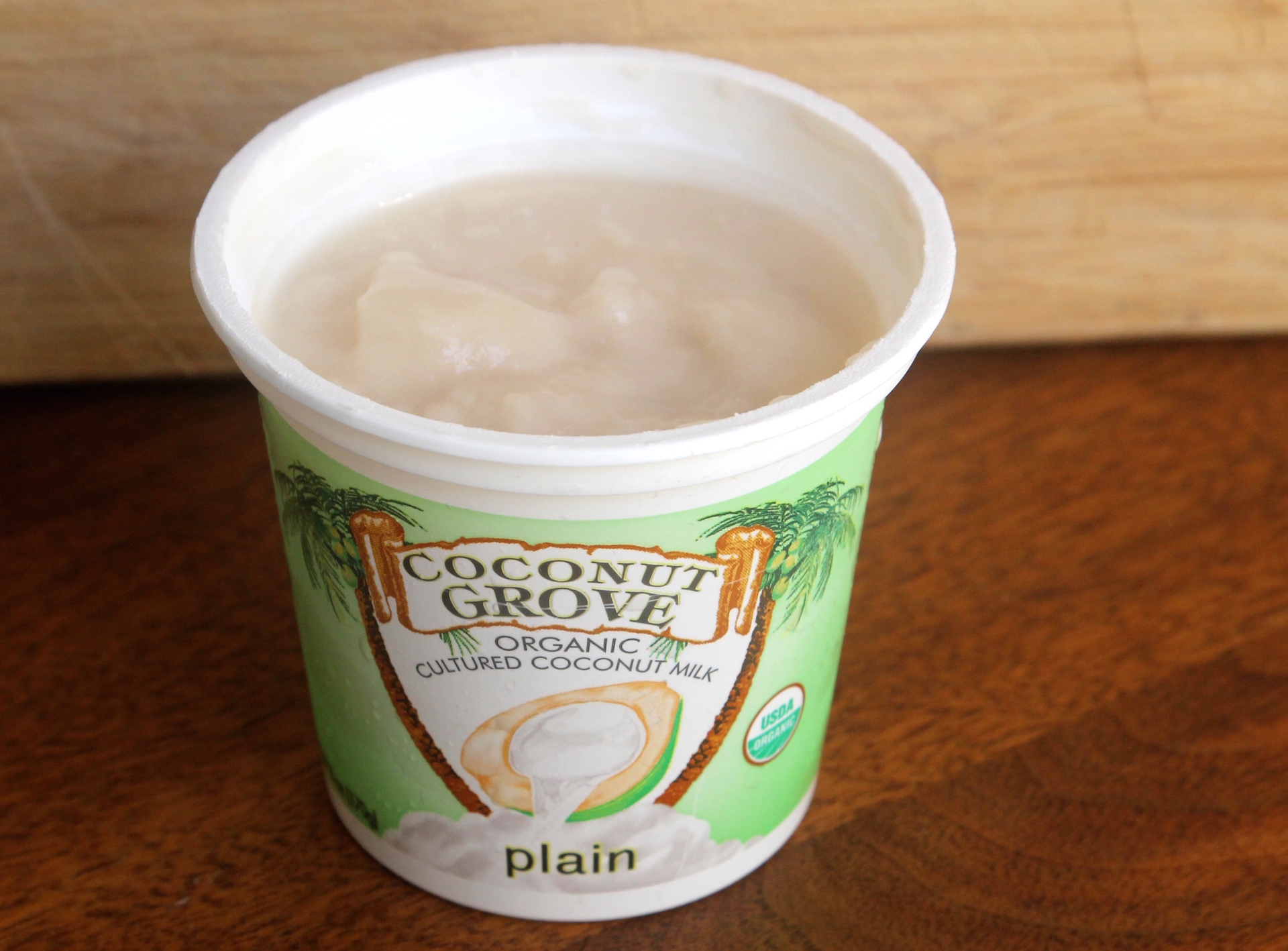A few weeks back, I published a recipe for homemade Greek-style yogurt. The recipe is simple, and the results are healthy, as far as I’m concerned. But some readers have pointed out that dairy-free yogurt can be a healthier option, and it is the only yogurt choice for those with animal milk-related allergies.
Before taking a stab at making my own dairy-free yogurt, I wanted to explore the options available at Bay Area grocery stores. Soy milk yogurt has been around for quite awhile, and I’ve never found one that I’ve liked. Today, we have many more options, made primarily from coconut and/or almond milk. It is these yogurts that I set out to taste. Five out of the six options are available at large grocery stores like Whole Foods or Berkeley Bowl. The sixth, my favorite, is an artisanal yogurt made in San Francisco, and is only available at Bi-Rite, through Good Eggs, and at a couple of local coffee shops.
But even though I was able to pick a favorite, none of these yogurts really do the original much justice. Almost all of the yogurts had a strange texture, unappetizing color, and/or off flavor. My favorite yogurt only comes in strong floral or herbal flavors, which I also do not find particularly appealing. (Plus it is extraordinarily expensive.)
The moral of the story? The non-dairy yogurt market is ripe for innovation. I don’t doubt that there are creative dairy wizards in the Bay Area who could make a coconut or almond milk yogurt that would actually compete with the real stuff. I’ll try making my own, of course, but a convenient, affordable and tasty store-bought option should exist. So consider this a challenge, San Francisco.
The results, from best to worse, below:
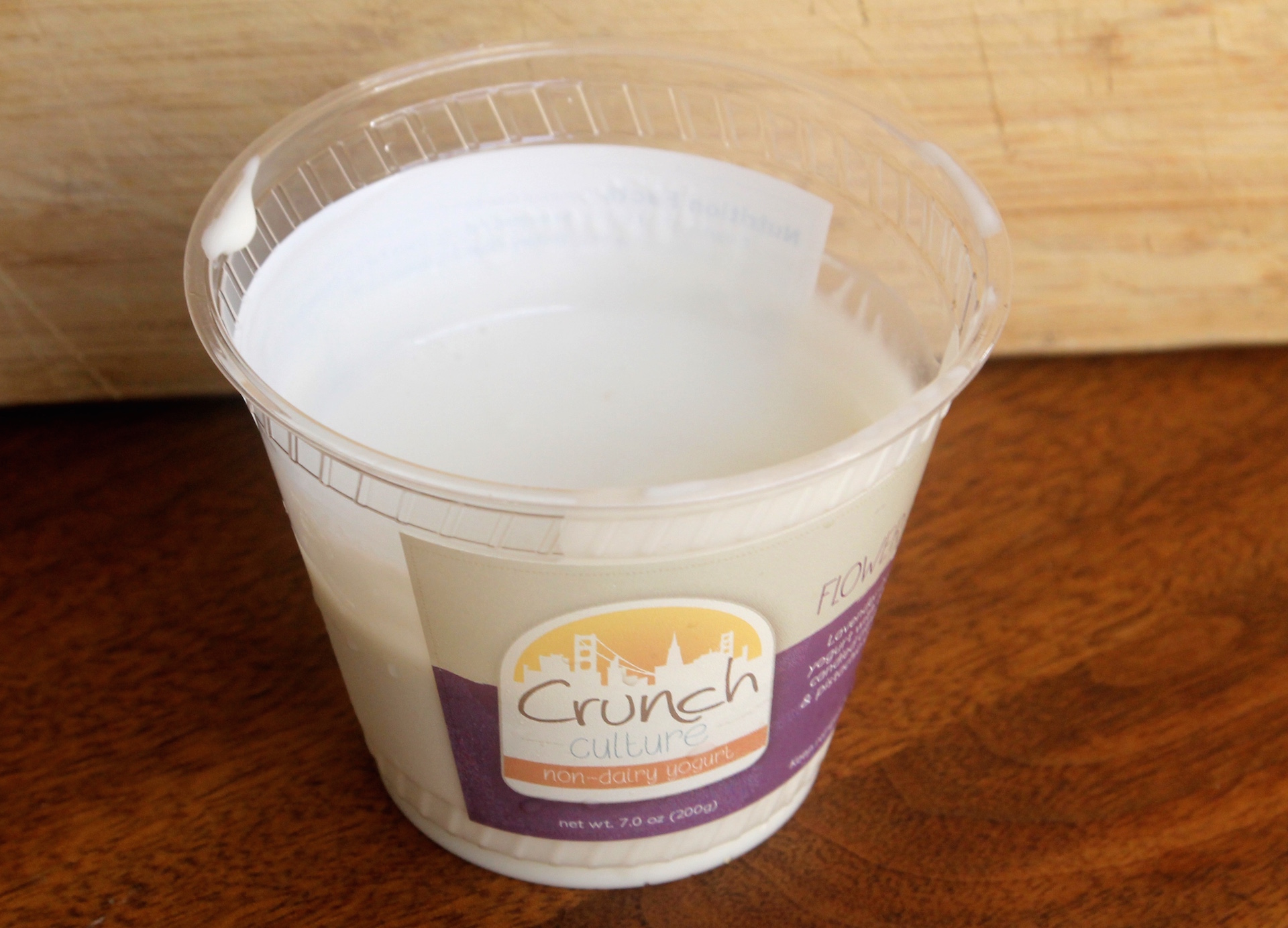
Crunch Culture Flower Child Non-Dairy Yogurt
This San Francisco-based company makes flavored yogurts, paired with flavored granola for single-serve breakfasts. Flavors are floral and herby — think lavender, basil, and lemon. Each yogurt is made with close to 100% organic ingredients and is high (14 grams per serving) in fat. But the key to this yogurt’s success is its blending of coconut and almond milk, which gives the yogurt a texture close to products made from cow’s milk. (From my limited experience, it seems that yogurts made entirely from almond milk need far too many stabilizers to thicken and coconut on its own needs to be watered down in order to cut its richness.)
